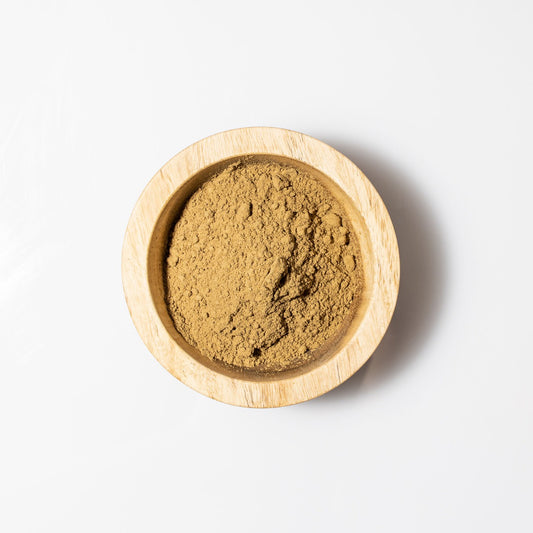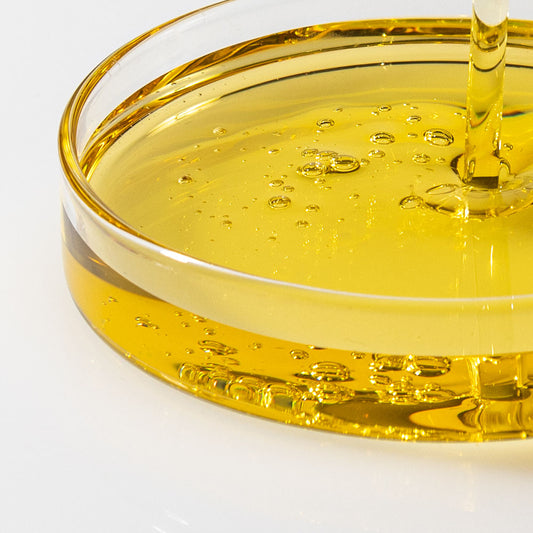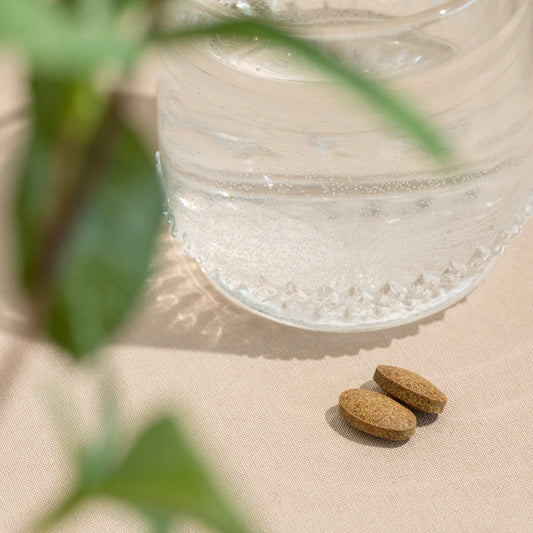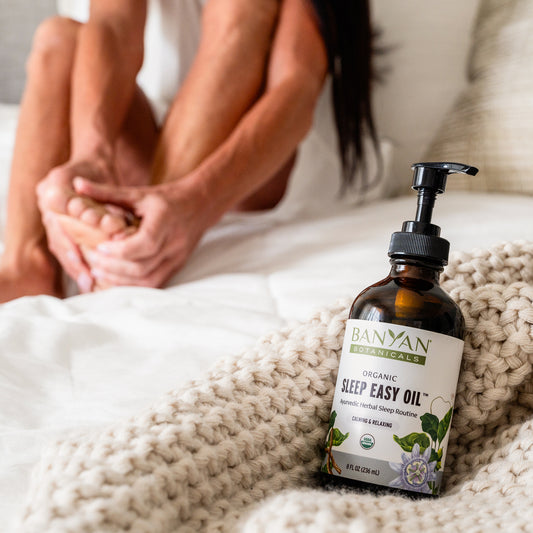Welcome to fall my friends! This year I inherited an herbal business from a family member. In the spirit of keeping the herbalist tradition alive, I have delved into the world of procuring exotic quality herbs and creating some new products for my massage clients. Let me tell you, it is both fun and LOTS of work! Many folks may not have the time to make their own products, but if you enjoy a challenge and want to get your hands literally in the product, then these DIY recipes are a treat!
A Brief Background on Boswellia
According to the Royal Botanic Gardens (located in the UK), there are 30 documented species of boswellia, many of which produce resins, but only a few of the species yield a commercial quality resin. Boswellia resin comes from resinous trees and shrubs that grow in arid and sometimes rocky terrain. Boswellia trees are part of the flowering plant family, Burseraceae, which is known for including fragrant incense-producing trees.
The boswellia trees create a water soluble gum-resin with its own distinctive fragrance and medicinal properties. Boswellia serrata, also known as Indian Frankincense, is native to Western India and Eastern Pakistan, and it is primarily grown in the Indian states of Rajasthan and Punjab.
Frankincense has a fantastic aroma that is rich, creamy, and earthy—as you might expect from a highly prized tree sap—and because of this, it has been used for centuries during spiritual practice (sadhana). To release the perfume of the resin, a small nugget of solidified frankincense gum is placed over a hot coal.
Over the years, botanists discovered that frankincense grew along common trade routes, and it made its way into markets around the world. Frankincense was highly regarded by the Egyptians and it is believed to have been used in ceremonies and burials in ancient Egypt. Kyphi, a form of sacramental incense, was used in Egyptian ceremonials for burying the dead and commonly placed alongside corpses during mummification.
Indian Frankincense is recognized as a combatter of vata disorders (excess of the wind and ether elements). An easy and pleasant way to calm vata is by using frankincense essential oil in a home diffuser.
Frankincense Oil for the Daily Grind
Aside from its storied history, frankincense has played an important role in the herbal healing tradition of Ayurveda. It is known for its ability to soothe the inflammatory response, help the body manage the discomforts of pain, and offer particular nourishment to the joints and muscles. This DIY recipe is great for soothing muscles and body aches. You'll need a mortar and pestle, a canning jar, and a whole bunch of elbow grease! You can sterilize your canning jar by pouring boiling water onto it and letting it air dry.
Ingredients:
- 4 cups sesame oil
- 6 tablespoons frankincense (boswellia) granules
- One 32 ounce canning jar
Directions:
If you are working with powdered frankincense, you can skip straight to mixing the oil.
If you're working with solidified frankincense chunks, you'll need to grind those down into a powder before making the oil. Put on some music or mantra and get going! I find that working with smaller amounts is best and I start with 3 tablespoons of frankincense in the mortar cup and begin by tapping the pestle into the granules. Then I grind. Then tap, then grind, and repeat. You get the picture. If you find this begins to hurt your hand, you can also use a coffee grinder but I honestly believe that this will leave a residue and a smell in your grinder. Some also say this heats up the herb—you make the call.
When ready, begin to mix your oil and powder into the sterilized jar. Seal it up and let it sit away from direct sunlight. Check on it every couple of days and shake the jar a bit. You will start to notice the fragrant smell within 2–3 days and the oil will darken slightly by day 7. If you prefer a stronger scent, you can strain the oil on day 15, and repeat the process by adding 6 more tablespoons of frankincense to the previous strained oil.
Completion time: 30 days
How to Use
Massage the oil onto popping and cracking joints or sore, aching muscles. Keep some next to your desk and treat yourself to an afternoon neck massage. You really can't go wrong with this homemade herbal massage oil.

Boswellia Meditation Balm
Aromatherapy is a form of tanmatra chikitsa, or sense therapy. Your senses play a part in perception by encountering the objects, then carrying the impressions of them to your mind, which receives and arranges them into your perception. This recipe uses the frankincense oil recipe (above) as its base and then undergoes a multi-step process. You will need to be able to determine the temperature of your ingredients while preparing this recipe, so a candy thermometer or similar is recommended.
Ingredients:
- 1 ½ cup frankincense oil (24 tablespoons)
- 1 tablespoon camphor granules
- 1 tablespoon kyphi (optional)
- 2 tablespoons plus 2 teaspoons beeswax
- Powdered herbs like bacopa (optional)
- Additional essential oils* (optional)
Important: Your maximum total amount of camphor and/or kyphi should never exceed over 11% for the total formula. As always, do not apply around mucus membranes or ingest.
Directions:
Total cook time varies, but it is usually a couple hours on a gas or electric stove top. Always think of the mantra “lower and slower” when cooking.
Cook the first three ingredients in a stainless steel pot or in a double boiler (if using an electric stove, a double boiler works best). Next, melt the beeswax in its own separate double boiler pot. Combine the melted beeswax and oil mixture when their temperatures reach 170 °F.
When the beeswax and oil have congealed and the balm is at its cooling point of 150 °F, add the essential oils or powdered herbs such as bacopa. Cool completely in your choice of tin or glass container.
*Suggested Essential Oils:
- Frankincense essential oil
- Sweet orange essential oil
- Helichrysum essential oil
If you don't have time to make the frankincense oil you may substitute Sleep Easy Oil.
How to Use
The sahasrara (crown) or skanda (temple) marma points are perfect places to apply the meditation balm. Think of this as a bliss treatment for the five senses. The balm can be tailored to individual needs, whether it be dullness or hyperactivity of the mind, and it makes a nice gift for your family or friends!
If you don't have time to make a balm, Joint Balm has frankincense as a key ingredient.
The main point of DIY is to try something new. And frankincense is a wonderful herb to begin your DIY experiments with! Your own creativity will make each recipe a personal formula that can help in a myriad of ways on your journey towards better health, be it deeper meditation, healing, or a better way to manage daily stress.













